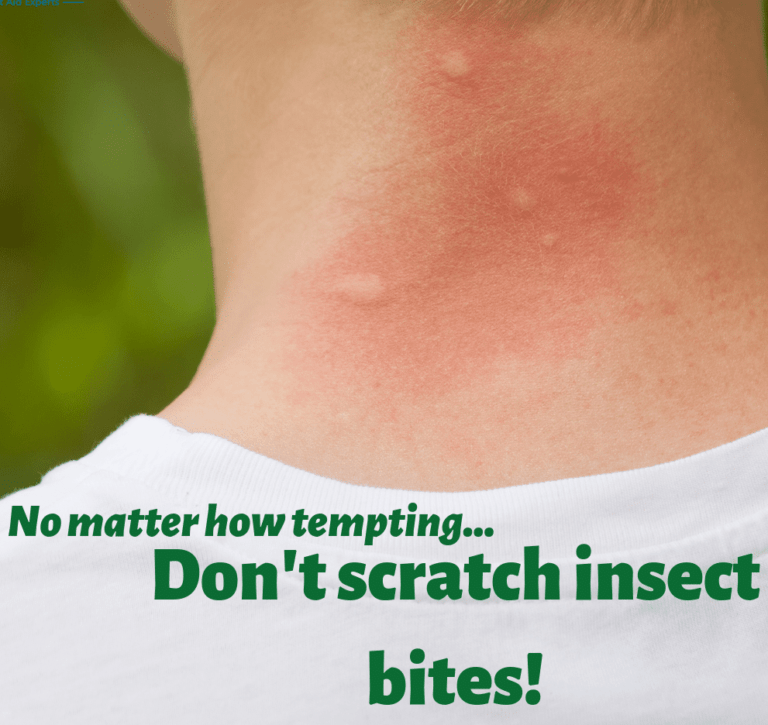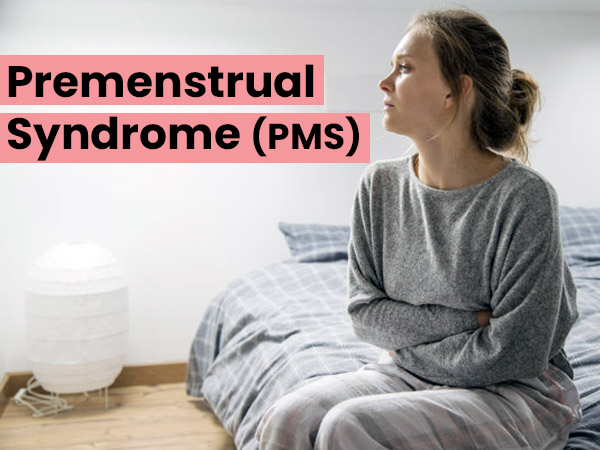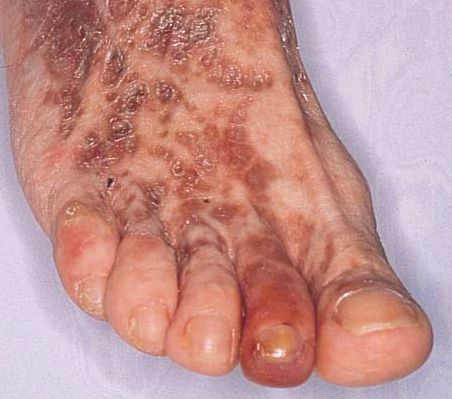Smoker’s Flu: Understanding This Disease
Author: Alvin
Alvin
Category: Health
Smoker’s Flu, sometimes known as quitter’s flu. It is a slang word that refers to the symptoms of nicotine withdrawal that occur after quitting smoking. Rather than being an infectious condition, smoker’s flu refers to the physiological changes. That occur in a smoker’s body when he or she adjusts to life after quitting.
It is the physical repercussions of detoxing from nicotine and the compounds in tobacco. That are referred to as “smokers’ flu.” These symptoms can be mistaken for those of a medical condition. Most ex-smokers are certainly familiar with the frequent withdrawal symptoms. That occur during the quitting process.
This article explains the symptoms of smoker’s flu, the factors that contribute to these symptoms. And how to deal with flu-like symptoms when you are trying to quit smoking.
It is estimated that approximately 90 percent of people who smoke are addicted to nicotine. And the majority of them will experience some symptoms of withdrawal. If they stop using nicotine. If you quit smoking cold turkey, the symptoms of smoker’s flu. May be significantly more noticeable. Withdrawal symptoms, such as smoker’s flu, usually peak within a week of quitting. Although they can last for up to a month after quitting smoking.
Despite the fact that smoker’s flu can be unpleasant, it is not harmful. In contrast to withdrawal from other substances. Such as alcohol or opiates, nicotine withdrawal is not damaging to your health in the long run. If you are able to get over the withdrawal symptoms. There is no danger in abruptly ceasing your nicotine consumption.
What Are the Symptoms Smoker’s Flu and Why Do We Get It?
 Grunge and gritty portrait of sick woman laying in bed
and coughing
Grunge and gritty portrait of sick woman laying in bed
and coughing
Because it is difficult to discern between a cold, the flu, the quitter’s flu. And COVID-19 in a pandemic situation, quitting smoking. May not be the best course of action during a pandemic. However, there is one symptom that distinguishes the smoker’s flu. From the rest of the flu symptoms, and that is a fever. The flu caused by smokers does not cause fever. When nicotine and toxins are removed from the body. We commonly experience these withdrawal symptoms. CBQ Method believes that this procedure. It is necessary for your body to repair and detoxify.
Having a strong desire to smoke once more, Irritability, grumpiness. And anger are all symptoms of bipolar disorder. Insomnia, or the inability to sleep, is a medical condition. Fatigue , Inability to concentrate, Headaches or migraines, coughing. Or a sore throat are all possible symptoms.
When a smoker stops smoking, almost half of those who do. So have four or more symptoms of nicotine withdrawal.
It goes without saying that you will not be able to see and do everything! Moreover, it is not necessary to be painful. Actually, how you react to withdrawal is determined by your overall health. Your state of mind, and your nutritional intake and intake.
Causes of Smoker’s Flu

Smoker’s flu is caused by the body’s attempt to wean itself off of nicotine. When you use a substance on a regular basis. Such as nicotine, your body becomes accustomed to having it. When it comes to nicotine, this implies that your brain has receptors. That are accustomed to being satisfied by a specific amount of nicotine on a consistent basis. As soon as the receptors are stimulated by nicotine. They release the neurotransmitter dopamine, which causes you to feel happy.
Being able to operate normally while having nicotine in your system becomes second nature. It takes some time for your brain to become acclimated to nicotine. And the dopamine rush that it gives. When nicotine is suddenly removed or reduced, your body must adjust. To the fact that it is no longer able to function normally. There are a variety of symptoms that might result from this. Including smoker’s flu.
Diagnosis
Smoker’s flu is something that may usually be diagnosed by the patient. Without the need to see a healthcare professional. If you experience cold or flu-like symptoms in the days after your smoking cessation. It’s likely that the two are connected. If the timing is correct, it’s likely that your symptoms are the result of nicotine. And cigarette withdrawal rather than a virus-related illness.
Treatment
It will take some time for the symptoms of smoker’s flu to subside. Unfortunately, this could take up to two weeks or longer. While you’re dealing with the symptoms of the smoker’s flu. You can concentrate on curing the underlying cause. This could involve, for example:
Medications available over-the-counter
In order to cope with the symptoms of smoker’s flu. You should consider taking over-the-counter treatments. Such as pain killers and cough drops. Before taking cough suppressants, consult with your healthcare professional first. Coughing can be beneficial for cleaning mucus and debris from the airways. Therefore your healthcare professional may urge you to continue coughing.
Adjustments to one’s way of life

When you’re suffering from smoker’s flu, do whatever that will make you feel more comfortable. Apart from grabbing for a cigarette, of course. You may find that taking a warm bath or drinking a hot cup of tea. It helps to alleviate your symptoms. Other people find that exercise is useful. Especially because it releases feel-good endorphins that can help to balance. Some of the negative effects of nicotine withdrawal on one’s mood and well-being.
Distraction
The first week after stopping smoking is when people are most prone to relapse. In the event that you’re experiencing symptoms of withdrawal or smoker’s flu. You may be tempted to reach for a cigarette. Particularly if you’re thinking about how awful you’re feeling. Instead, attempt to keep yourself occupied. Inviting someone to check in on you,. Taking a stroll, or participating in a game are all good ideas. Anything that serves to divert your attention away from your cravings. This will help you stay on track toward a healthy lifestyle.
Prevention
You may be able to avoid getting smoker’s flu. If you progressively reduce the amount of cigarettes you consume. Rather than quitting all at once. The Centers for Disease Control and Prevention (CDC) recommend nicotine replacement treatment. For people who are addicted to nicotine. Nicotine patches, lozenges, sprays, and chewing gums. These are examples of products that fall into this category. (But not the other harmful substances associated with cigarettes and cigars).
You gradually wean yourself off the medication by taking less and smaller amounts. As you lessen your nicotine consumption. Your body becomes accustomed to working with less nicotine. And does not experience withdrawal symptoms as you did previously.
In some cases, nicotine replacement treatment can alleviate the symptoms of smoker’s flu. Which are connected with nicotine withdrawal. They will not, however, treat all of the underlying reasons of smoker’s flu. As your cilia continue to clear your lungs. You may still experience coughing, as an example.













